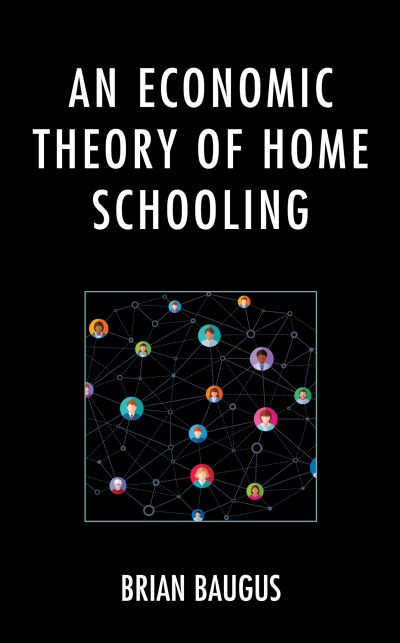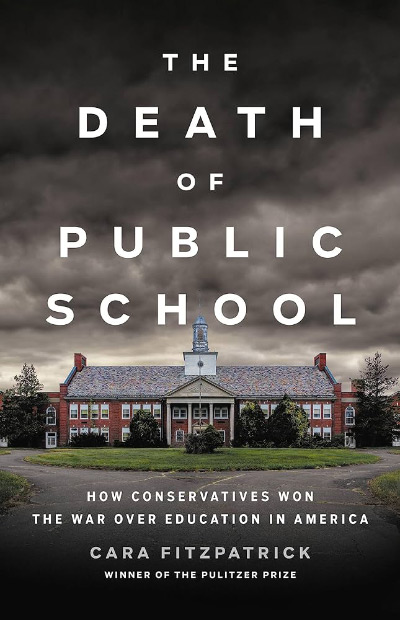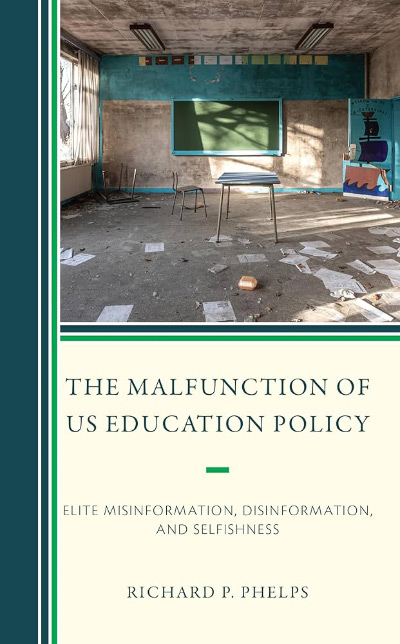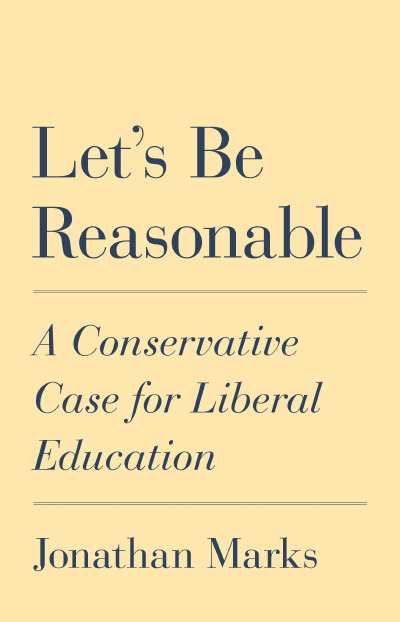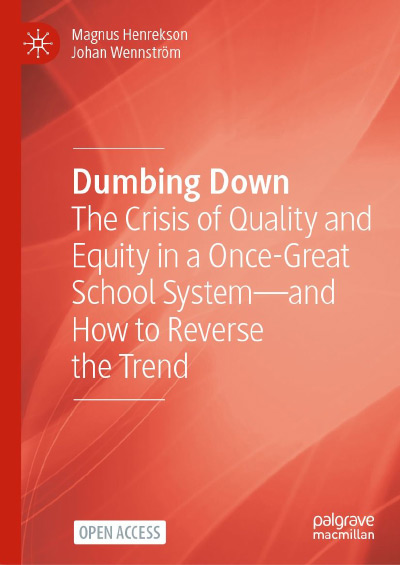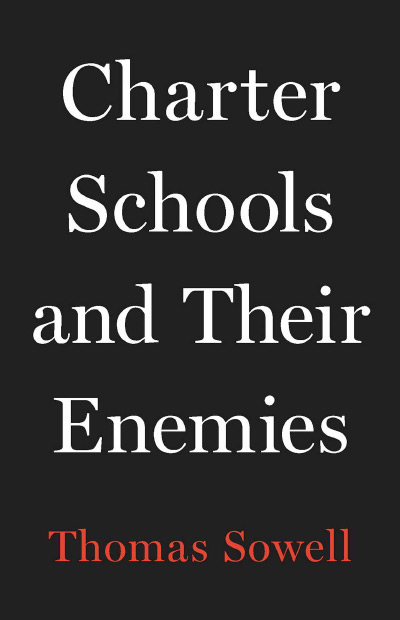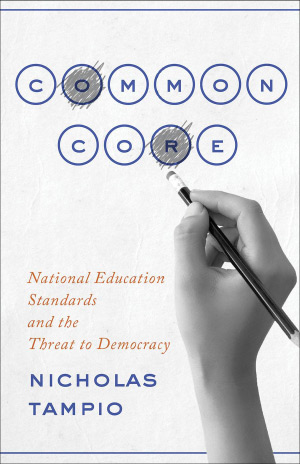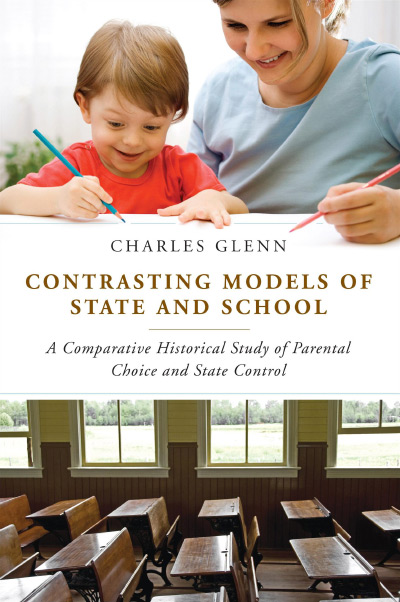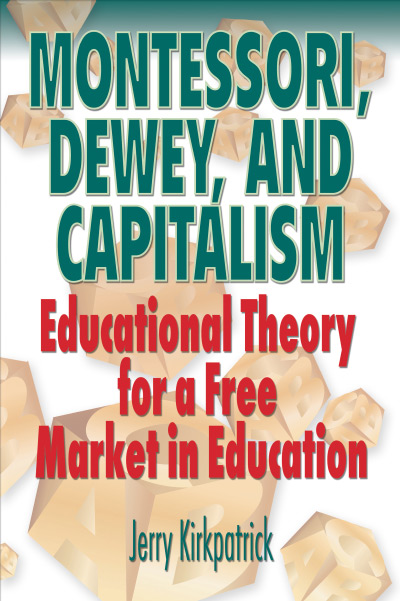In a timely work, Schools, Vouchers, and the American Public, Terry Moe considers a number of public-opinion mysteries and largely neglected political topics. A discussion regarding the results of a 1995 survey takes up most of the book. Moe surveyed a nationally representative sample of 4,700 adults, with much greater precision and in greater detail than other pollsters. The differences between Moe’s findings and those of other surveys are startling yet intuitively appealing.
The first five chapters pertain to attitudes toward the current educational system, including the strong desire to “go private.” The last five chapters explore opinion about vouchers and public-school choice. Because so few Americans are aware of the school choice issues, the first five chapters make the greatest contribution to the K–12 reform debate. Moe explains mysteries such as (1) the strong public support for a system that until the September 11 terrorist attacks was seen as so unsatisfactory that its reform was considered America’s number one political imperative and (2) the strong desire to go private despite the significant handicaps and shortcomings of most of the current private schools.
The primary message of the first half of the book is that most people think their assigned public school is academically solid, but they also think that the private sector offers even better schooling—better in general or maybe just a particular option that is better for them. There is deeply ingrained attachment to the current system. Many people think that public schools deserve their support even if they prefer a private school. The apparent attachment to the system may stymie parental-choice proposals. However, the apparent attachment may represent only support for universal access to education, and it may reflect an ends-means confusion. Many people equate universal access with the government-run system they are used to. My discussions with lay people repeatedly demonstrate the difficulty of getting people to view vouchers or tax credit as anything but a potential addition to the current system. Moe appears to be among the many who resist the notion that vouchers or tax credits can actually replace the current system.
Moe’s finding that most parents are reasonably satisfied with the academic side of their assigned public school highlights a great opportunity to promote reforms based on parental choice. Virtually every achievement measure indicates that very few schools perform acceptably. Parental-choice advocates might generate support by demanding better school-level data. Without such data and objective standards against which they can be compared, the misunderstanding that Moe calls “the single most powerful influence” (p. 271) probably will continue to defeat true reform proposals. ‘Rational ignorance’ will be a much smaller factor given clear evidence that your school may be one of the best, but your kids are still not learning what they should.
In the second half of the book, Moe briefly examines opinion on public-school choice. The brief discussion of public-school choice, including charter schools, makes a common mistake. Letting people choose which branch of a government monopoly to patronize does not create any of the key elements of competitive markets, yet Moe asserts that public-school choice creates “true choice and competition in the public sector” (p. 382), and he declares that “charter schools offer the basics of a market-like system” (p. 361). In fact, basic elements such as price changes, consumer sovereignty, and profit and loss are lacking.
Most of the second half of the book relates to voucher programs. Moe’s analysis is the first to consider critical issues such as voucher add-ons and regulation, but the public’s limited knowledge of school-choice issues greatly reduces the potential benefits of Moe’s journey into these uncharted waters. “Fully 65 percent of Americans say they have not heard about vouchers” (p. 173). Moe correctly points out that people’s first impressions are volatile, yet these impressions are important because they determine what is currently feasible. They also suggest strategies for getting people’s attention and for being persuasive.
Most of the “informed” 35 percent (those who had heard of vouchers) are probably misinformed. Because nearly all of the public discussion has been about voucher programs that are too limited to have any relevance to the “nation at risk” problem—the urgent need to transform the K–12 system—most of what the “informed” citizens might have heard is wrong, misleading, or irrelevant. Ignorance is more easily corrected than misinformation, so one might well take heart in knowing that most people are uninformed.
Moe extracted an amazing amount of useful information from a largely unaware public. The consistency of the opinions with the respondents’ characteristics and with their answers to other questions implies that their opinions may be more stable than suggested by Public Agenda’s “On Thin Ice” characterization of voucher opinion. Moe’s discussion of the structure underlying people’s first impressions of voucher issues may prove to be the most controversial and seminal part of the book. Because the importance of the specific findings hinges on the structure and stability of people’s opinions, scholars are sure to focus considerable attention on this matter. Certainly, the potential malleability of public opinion represents an opportunity to make considerable political progress, and it highlights the importance of a well-crafted message.
The American public’s first impressions are for the most part good news for parental-choice advocates. The two exceptions are the attitudes toward regulation and experimentation. The public appears positively predisposed toward regulation of parental choice and toward many aspects of school policy, and it believes that targeted programs are legitimate tests of universal programs. However, regulation can stifle the critical market forces needed to reform the system, and targeted programs would differ from, say, a Milton Friedman–style universal voucher program in many significant ways.
The good news includes the findings that information boosts support for choice and that universal choice is the more attractive policy. However, Moe believes that fear of large changes will trump universality preferences so that the public will favor limited programs targeted at low-income children or children enrolled in “low-performing” schools.
Public opinion overwhelmingly in favor of so-called voucher add-ons is especially encouraging. Permission to add on (parents can supplement voucher money with their own to pay tuition that exceeds the voucher amount) facilitates market-determined price change. The importance of add-ons is widely and vastly underrated. Moe and many other analysts discuss add-ons only in terms of access to the existing menu of choices, but permission to add on is also a critical means of reform.
Choice advocates will also take comfort in the public’s attitudes toward race and religious education. Moe’s finding that “attitudes toward race have little to do with the underlying attractiveness of private schools” (pp. 145–46) should help choice advocates demolish claims that parental choice will undermine efforts to integrate classrooms. Indeed, there are good reasons—including the contemporary use of limited parental choice as a substitute for busing—to believe that parental choice will do the opposite.
The public supports allowing families that prefer church-run schools to participate in voucher programs. That support improves the political feasibility of parental-choice proposals. Because the voucher eligibility of church-run schools is more a legal than a political issue, discussion of the issue in a book on public opinion is somewhat surprising. The discussion is schizophrenic. Moe asserts, “whatever the [U.S.] Supreme Court ultimately decides, the consequences for the [parental choice] movement are huge” (p. 394), but he goes on to say, “it [the court decision] will not really change the fundamentals” (p. 395). His shift from “huge” to “not really change the fundamentals” may have occurred because for the first time in the book he seems to recognize that a universal voucher program may do more than make the private sector into a larger and better version of what it is now. Indeed, parental choice may fundamentally change the composition as well as the size of the private sector. Moe acknowledges that a U.S. Supreme Court decision that excludes church-run schools from voucher programs will slow private-sector growth initially, but it will not change the total amount of private-sector growth very much. The eventual dramatic increase in the absolute and relative size of the secular share of the private sector may happen even if church-run schools were allowed to cash vouchers.
The most noteworthy shortcoming of the book appears in the last half of the concluding chapter. As I pondered Moe’s concluding predictions, I had a flashback to a famous Ronald Reagan quip (“There you go again”) and to Moe’s other fabulous book (with John Chubb) on K–12 reform, Politics, Markets, and America’s Schools (Washington, D.C.: Brookings Institution)—a 1990 book but still a must read. In both books, key conclusions do not follow from the book’s critical findings. In the 1990 book, Chubb and Moe demonstrate in considerable detail the serious, inherent problems of a politically controlled school system and the importance of autonomy, but then in the last chapter they offer another politically run system as an alternative.
Given Americans’ virtually nonexistent familiarity with the issues covered in the second half of Moe’s recent book, the basis for any detailed, far-reaching predictions just does not exist. The predictions in the last chapter of Schools, Vouchers, and the American Public overreach the data, whose limitations Moe himself candidly discusses. The predictions are useful starting points for discussion, but they should not be taken very seriously. A final chapter devoted to strategies for creating desirable public opinion on the parental-choice issue—a summary and synthesis of the political strategy suggestions sprinkled throughout the book—would have been much more valuable.
Moe’s analysis of public opinion challenges parental-choice friend and foe alike. His findings broadly indicate what is possible now and what must be done to change those possibilities. Both choice advocates and opponents will overlook or discount his findings at their peril.
| Other Independent Review articles by John D. Merrifield | ||
| Spring 2024 | The Death of Public School: How Conservatives Won the War over Education in America | |
| Winter 2023/24 | The Malfunction of U.S. Education Policy: Elite Misinformation, Disinformation, and Selfishness | |
| Fall 2016 | Swedish and Swiss Fiscal-Rule Outcomes Contain Key Lessons for the United States | |
| [View All (5)] | ||



